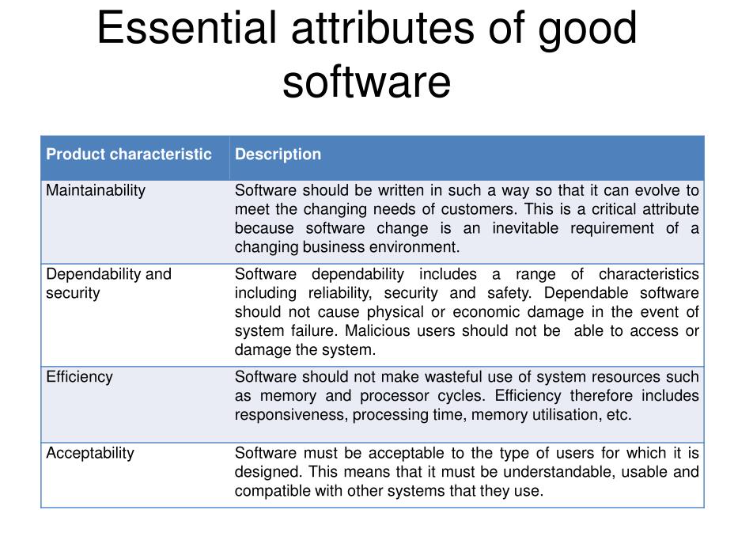The Importance of Software Architecture
Software architecture is a crucial aspect of any successful software application, as it specifies the structure, components, modules, interfaces, and data for a software system. It offers numerous advantages, including improved maintainability, expandability, increased reusability, improved performance, improved reliability, improved team collaboration, quicker time-to-market, and enhanced reliability.
Understanding the Complexity of Software Architecture
One common misunderstanding regarding software architecture is that it is only about designing a visually appealing interface. However, developers discovered that software architecture encompasses more than just building a user interface. It includes creating a blueprint for the complete system, including its structure, behavior, and functionality.
Continuous Evolution of Software Architecture
Another common fallacy is that software architecture is a one-time exercise required at the start of the development process. However, developers discovered that software architecture is a continual process that requires revisiting and updating throughout the program’s existence.
Importance Across Project Sizes
Another typical misunderstanding is that software architecture is only needed for big and complicated software systems. However, even modest software projects require a software architecture plan to ensure that the product meets the demands of customers and the company.

The Role of Collaboration in Software Design
As the engineers worked, they discovered that software design was more intricate and subtle than they had previously imagined. It required a thorough grasp of business requirements, user requirements, and technological requirements. Collaboration with all stakeholders, including developers, designers, and project managers, was necessary.
Benefits of Well-Planned Software Architecture
Having a well-planned software architecture is crucial to the overall success of your software development project, as it provides a basis for a system that can scale up or down as your needs change. As a result, the software can accommodate more users and handle more workloads without major modifications.
Promoting Modularity and Clean Code
In addition to promoting modularity, separation of concerns, and clean code practices, a good architecture makes the software easier to understand, update, and extend in the future. Individual components can be maintained efficiently, and bugs are less likely to be introduced since developers don’t have to affect the entire system.
Flexibility and Reusability
Another benefit of a good architecture is its flexibility, which makes it easy to integrate new modules, features, or third-party components. Creating reusable components that can be used across multiple projects is another benefit of a well-designed architecture, since it encourages the creation of reusable components that can be reused.
Reducing Technical Debt
Having a good architecture reduces technical debt, which means fixing shortcuts, poor design decisions, and temporary solutions. It is possible to minimize technical debt by prioritizing clean design and adhering to best practices. This will make future development smoother and less expensive.

Enhanced Quality Assurance and Security
In addition to quality assurance, well-structured architectures can allow individual components to be thoroughly tested in isolation, which results in more comprehensive testing and earlier detection of bugs. A well-planned architecture, the isolation of sensitive components, the implementation of proper access controls, and the adoption of security best practices can help address security concerns effectively.
Optimizing Resource Utilization and Performance
An architecture well designed optimizes resource utilization, reduces bottlenecks, and boosts efficiency in general, which boosts performance. Communication, collaboration, and knowledge transfer among team members are also enhanced by a clear architecture.
Long-Term Benefits of Solid Architecture
The long-term benefits of designing a good architecture are substantial, since it reduces maintenance effort, accelerates development, and minimizes production problems. In spite of changing requirements and trends, software built with a solid architecture tends to last longer, adapting to new technologies, meeting user needs, and remaining relevant.
